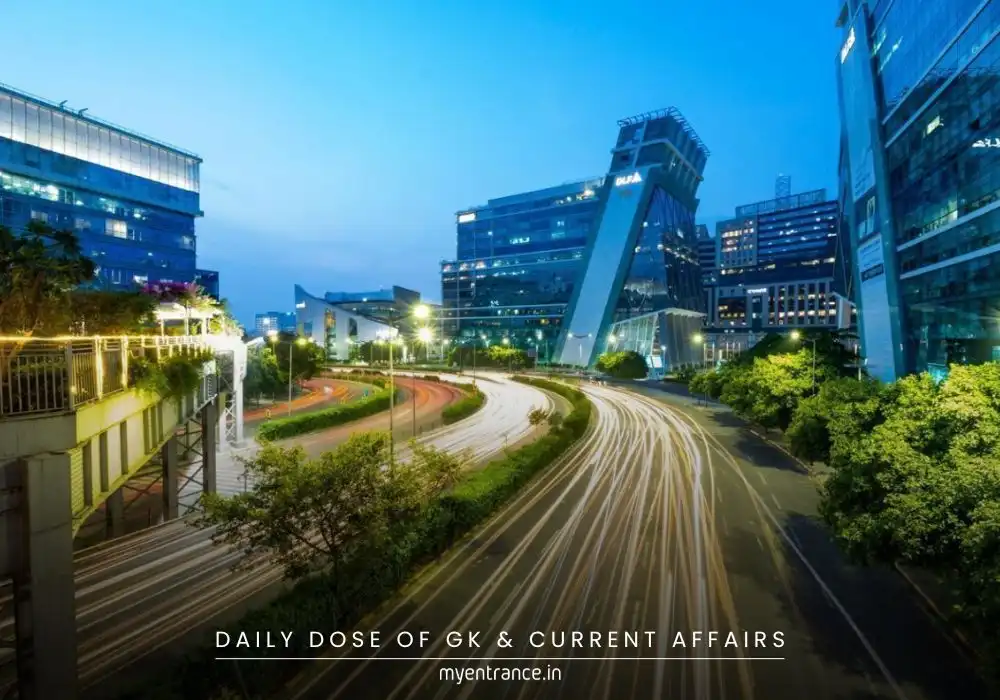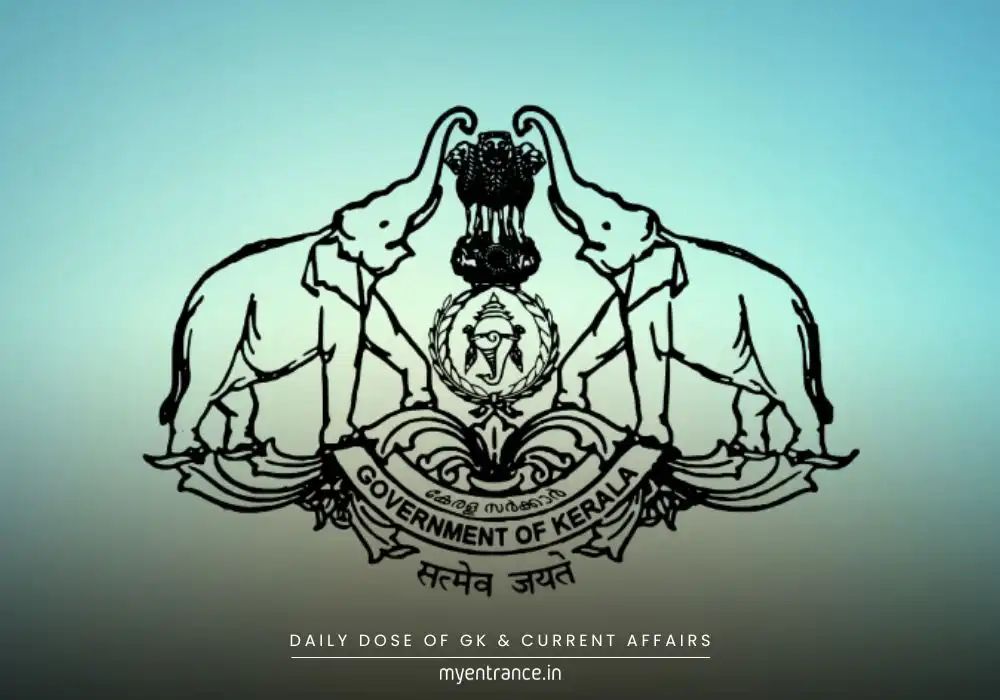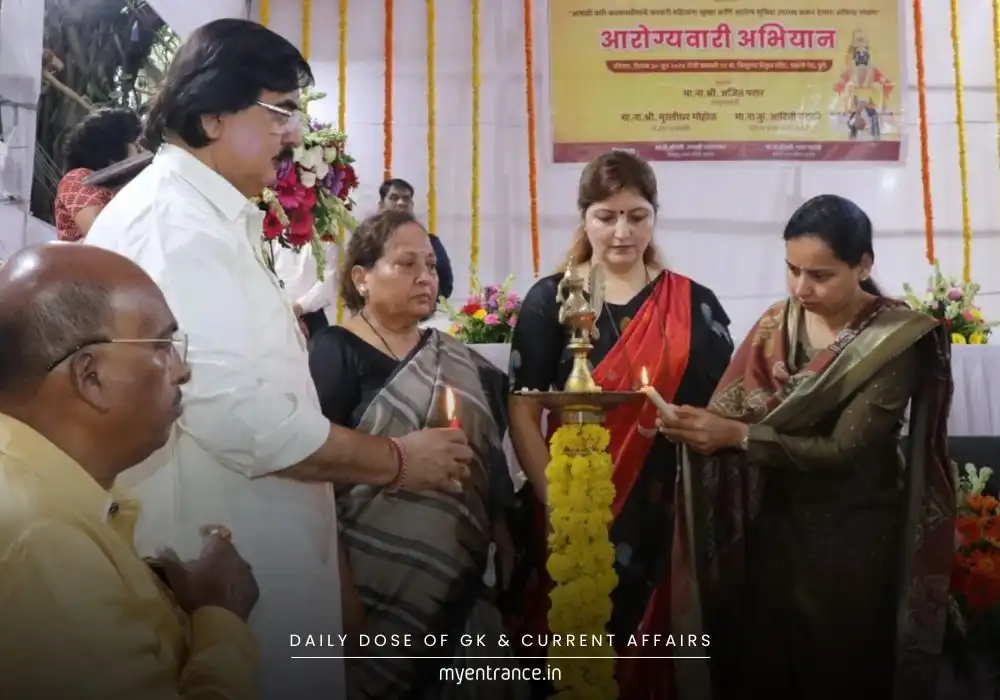Translate Language
Why Does Gurugram Flood Despite Being a ‘Millennium City’?
Gurugram, often called India’s “Millennium City,” symbolizes rapid urbanization with its towering skyscrapers and multinational hubs. Yet, beneath its glossy exterior lies a city struggling with waterlogging, unequal development, and governance failures. The core issue? Urban life in Gurugram is shaped more by caste, class, and privatized interests than by inclusive public planning.

Key Challenges in Gurugram’s Urban Governance
Lack of Public Mindset: Unlike traditional cities, Gurugram’s growth has been driven by private developers rather than public welfare. Gated communities thrive while public infrastructure crumbles.
Rural vs. Urban Clash: Rapid expansion into rural hinterlands has led to unplanned urbanization, where old governance models fail to address new city problems.
Real Estate Over Public Good: Sky-high property prices coexist with flooded roads because profit-driven development ignores drainage and public utilities.
Weak Implementation of 74th Amendment: The constitutional push for decentralized urban governance remains ineffective, leaving city planning in the hands of bureaucrats and builders.
Flawed ‘Smart City’ Solutions: Expensive tech fixes (like CCTV surveillance) don’t solve core issues—lack of public accountability and equitable planning.
Why Gurugram’s Crisis Matters for India’s Urban Future
Gurugram isn’t an isolated case—it reflects how India’s fastest-growing cities prioritize private wealth over public welfare. Without systemic changes in governance and social attitudes, even “smart” cities will keep failing their citizens.
Prelim Pointers Questions & Answers for Competitive Exams
Q1: What is the primary cause of Gurugram’s recurring waterlogging issues?
Ans: Poor urban planning driven by privatized development, lack of drainage systems, and encroachment on natural water channels.
Q2: How does the 74th Constitutional Amendment relate to Gurugram’s governance?
Ans: It mandates decentralized urban governance, but weak implementation leaves planning in the hands of private builders rather than elected local bodies.
Q3: Why is Gurugram’s urbanization considered exclusionary?
Ans: Development caters to high-income groups (gated communities, malls) while neglecting public infrastructure like roads, sewage, and water supply for the wider population.
Q4: What role does ‘chakbandi’ play in Gurugram’s land management?
Ans: Land consolidation (chakbandi) is meant to rationalize scattered plots for infrastructure, but haphazard execution leads to illegal encroachments and flooding.
Q5: How does caste/class impact Gurugram’s urban life?
Ans: Gated societies reinforce segregation, with access to amenities (water, security) limited by economic status, mirroring rural caste-based divides in an urban setting.
Why Is This Important for Exams?
Questions on urban governance, smart cities, and the 74th Amendment frequently appear in UPSC, PSC, SSC, and other competitive exams. Gurugram’s case study helps understand:
Challenges of rapid urbanization (GS Paper I)
Failures in urban planning (GS Paper II – Governance)
Impact of privatization on public infrastructure (Economics & Social Development)
Role of constitutional provisions in city management (Polity)
For aspirants, analyzing Gurugram’s issues provides real-world insights into India’s urban policy gaps—essential for essay writing and answer enrichment.
Final Takeaway
Gurugram’s floods aren’t just about broken drains—they expose deeper flaws in how India builds cities. Until urban planning prioritizes public welfare over private profit, even the “smartest” cities will keep sinking.
Need more exam-focused urban case studies? Explore MyEntrance.in for curated mock tests and expert analysis on UPSC, PSC, NID, and other entrance exams!
Get 3 Months Free Access for SSC, PSC, NIFT & NID
Boost your exam prep!
Use offer code WELCOME28 to get 3 months free subscription. Start preparing today!















